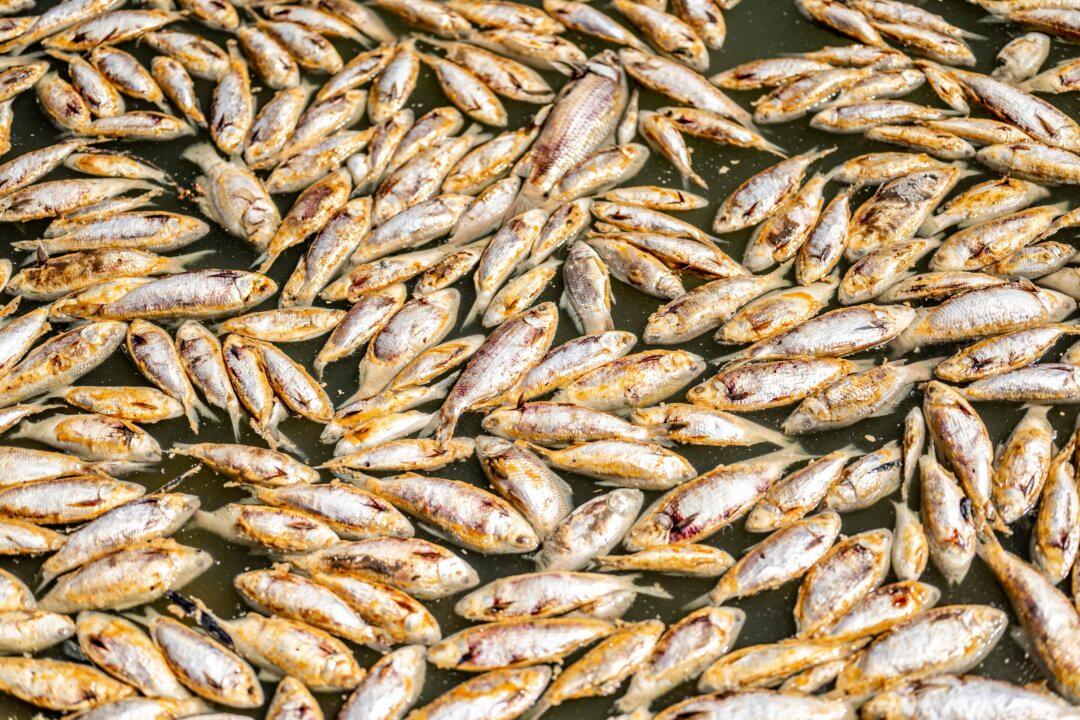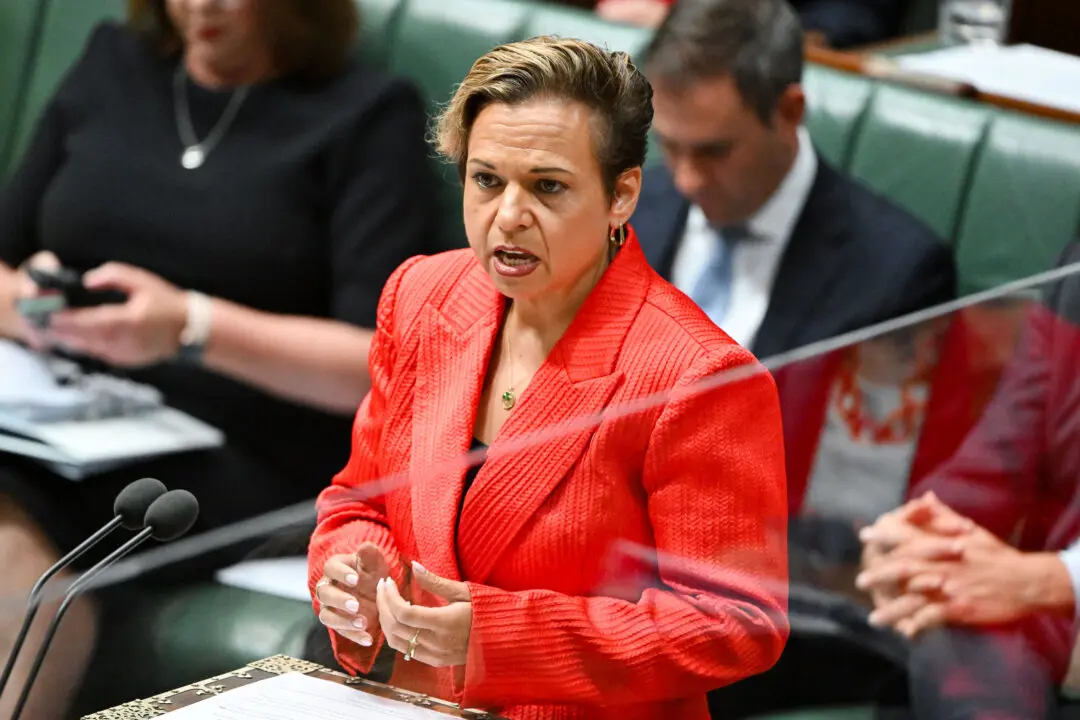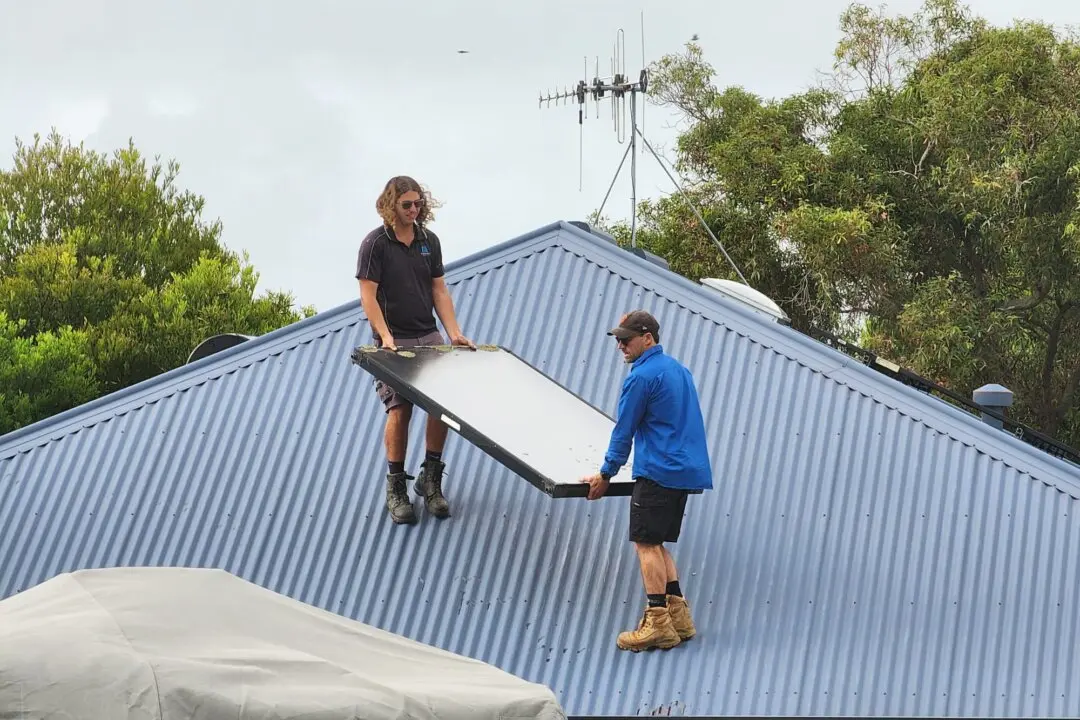A damning report into the cause of millions of fish deaths has ignited demands to overhaul state water laws and beef up enforcement in the Darling River system.
The New South Wales (NSW) chief scientist and engineer’s report warned a repeat of the mass fish kill at Menindee in March was likely amid a drying climate.





